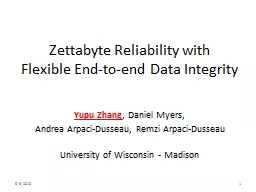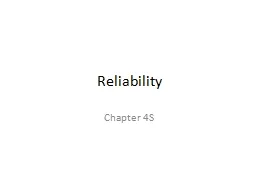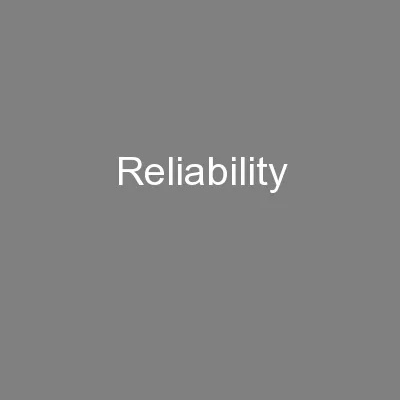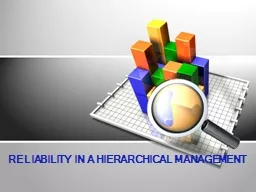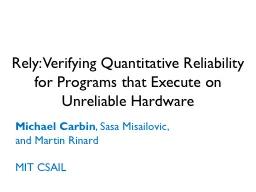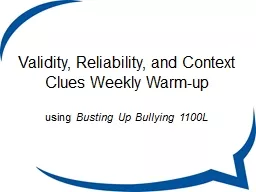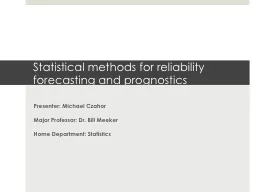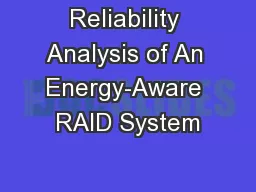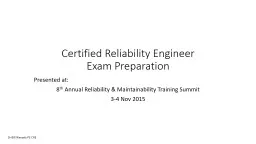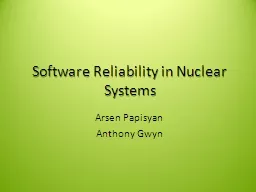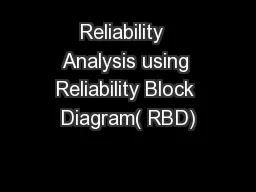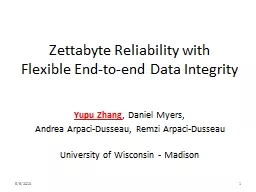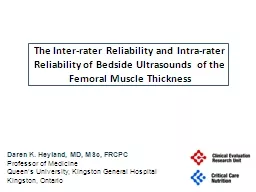PPT-Zettabyte Reliability with
Author : liane-varnes | Published Date : 2019-12-20
Zettabyte Reliability with Flexible Endtoend Data Integrity Yupu Zhang Daniel Myers Andrea ArpaciDusseau Remzi ArpaciDusseau University of Wisconsin Madison 592013
Presentation Embed Code
Download Presentation
Download Presentation The PPT/PDF document "Zettabyte Reliability with" is the property of its rightful owner. Permission is granted to download and print the materials on this website for personal, non-commercial use only, and to display it on your personal computer provided you do not modify the materials and that you retain all copyright notices contained in the materials. By downloading content from our website, you accept the terms of this agreement.
Zettabyte Reliability with: Transcript
Download Rules Of Document
"Zettabyte Reliability with"The content belongs to its owner. You may download and print it for personal use, without modification, and keep all copyright notices. By downloading, you agree to these terms.
Related Documents

